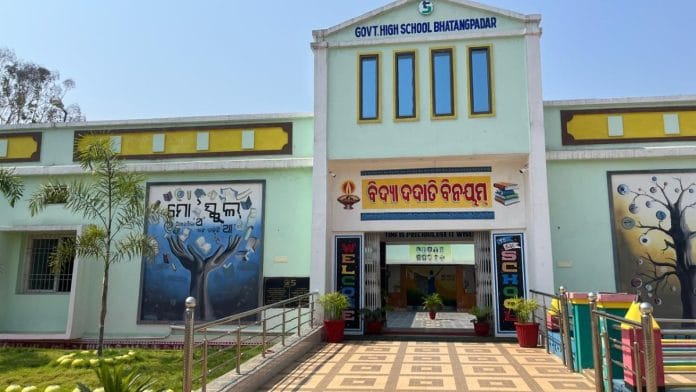Kalahandi (Odisha): To an outsider, Bhawanipatna, district headquarters of Kalahandi — once infamous for hunger deaths and starvation — looks like a town eager to make up for lost time. It bustles with activity, in stark contrast to a decade-and-a-half ago when it was a town in the back of beyond with decrepit infrastructure, poor connectivity and lacking any visible development. It would take days to reach Bhawanipatna from neighbouring towns.
Abject poverty and hunger had become the leitmotif for the whole of Kalahandi district.
Cut to today. Bhawanipatna, and much of Kalahandi, seem to have undergone 360-degree transformation, with infrastructure development and implementation of a plethora of welfare schemes, both state and central, resulting in improved socio-economic indicators.
Kalahandi goes to polls on 13 May in the fourth phase of the ongoing Lok Sabha elections.
A senior district administration official, who did not wish to be named, tells ThePrint that over 90 percent of the villages and interior areas in Kalahandi are now connected by all-weather pucca roads. To add to that, paddy procurement from the district is now the second highest among districts in Odisha, after Bargarh. “A district, which once was unable to feed its own people, is the highest contributor to the state Public Distribution System,” the official says, adding that increase in agricultural income has had a trickle-down effect.
“Peoples’ incomes have gone up and with that their spending power.”
Development though, he adds, is not centred only around Bhawanipatna. “There are 13 blocks in Kalahandi. By and large, all blocks have seen good development over the years.”
Also Read: Booming Bhubaneswar is star of Odisha’s growth story, even as BJD & BJP vie for credit
Bhawanipatna takes the cake
But being the district headquarters, Bhawanipatna, takes the cake. An airport, a swanky bus stand, smart parks, wide clean roads, open gyms, malls, and women-run outlets are just some of the highlights.
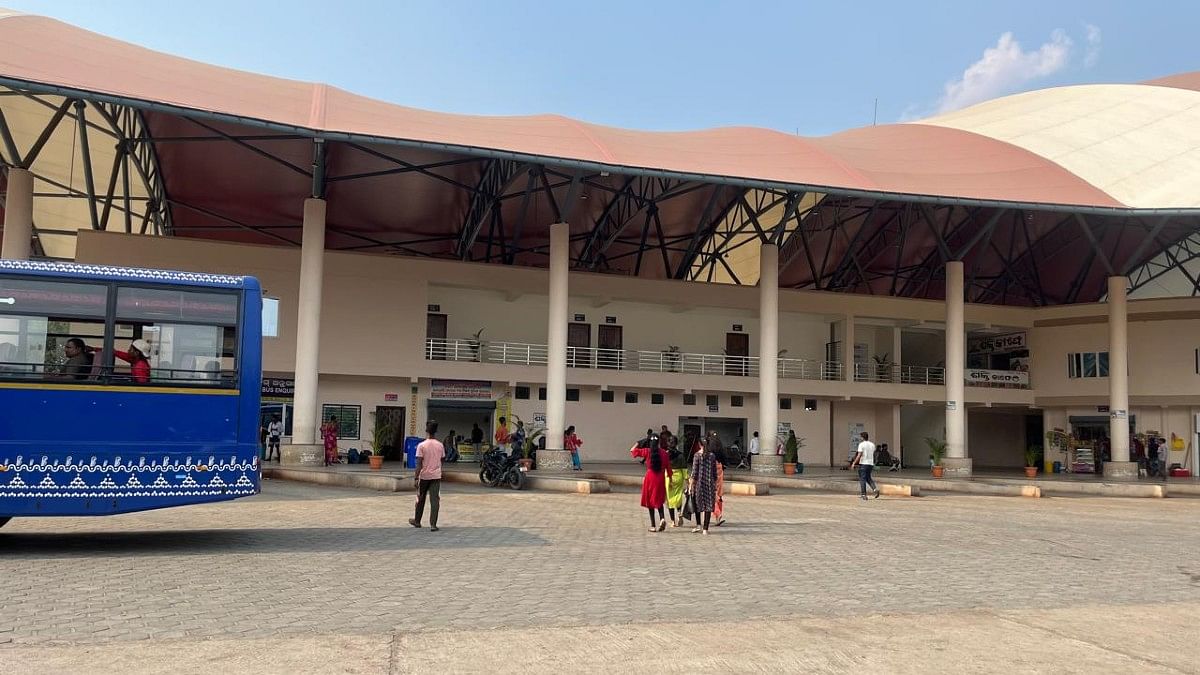
According to Parameswar Mund, an assistant professor at Kalahandi University, the most visible changes in Kalahandi, besides connectivity, have been witnessed in the sectors of education and medicine.
“Twenty years back, there were hardly any educational facilities here. Now, with a university, multiple private colleges including college each for medicine and engineering, smart schools boasting of modern laboratories and smart blackboards, Bhawanipatna has become the education hub of Kalahandi and adjoining districts,” Mund tells ThePrint.
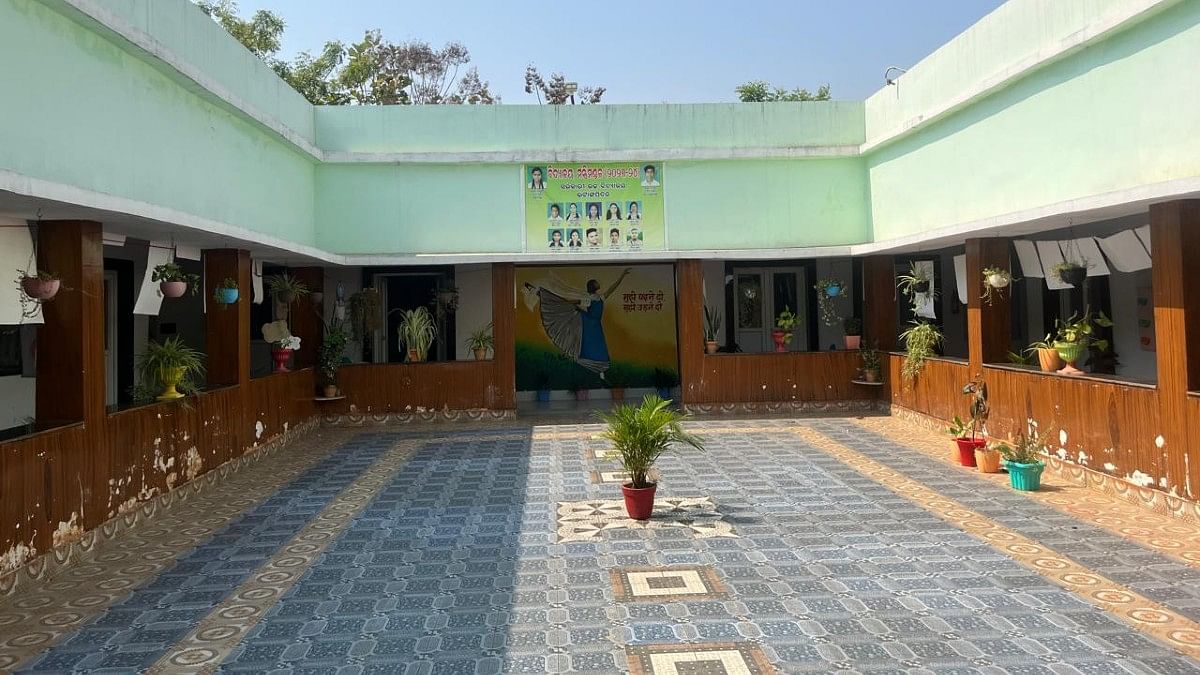
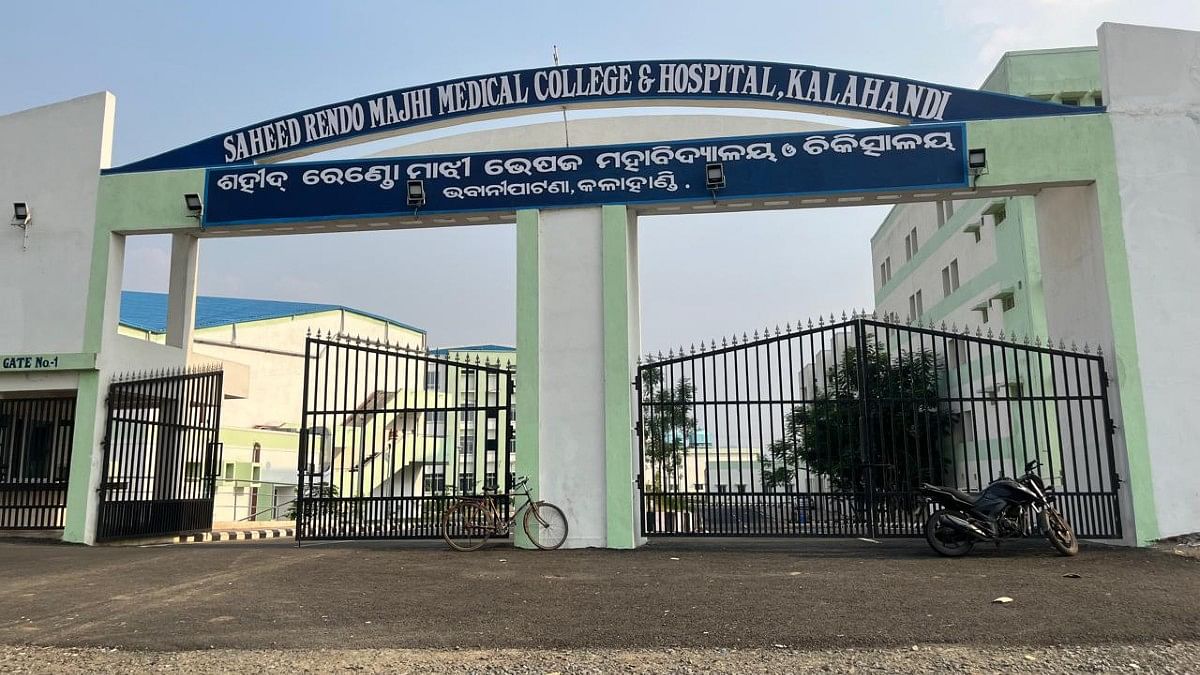
Having lived in Bhawanipatna for several generations, Mund, who is researching Kalahandi’s cultural heritage, has first-hand experience of the district’s transformation. “It is completely unrecognisable. There is a construction boom happening here. When I was growing up, you could only see single-storey houses. Today, 2-3 storey houses are all over the place.”
Reaching Bhawanipatna was a problem in those days due to poor connectivity, he recalls. “It took days to reach. Today, barring a handful of very remote tribal areas, where people still must commute by boat, all villages and towns are connected through all-weather roads. There has been a lot of development in terms of infrastructure.”
Bhatangpadar, the model village
Bhatangpadar, previously a lacklustre village located some 8 km from the district headquarters, is showing the way. Time taken to reach the hamlet from Bhawanipatna is now 30 minutes, from the earlier two hours.
Pratap Bibhar’s family of six lived in a mud house in Bhatangpadar till the year 2000. The eldest son had to drop out of school after his father, a daily wager, met with an accident that left him disabled. “Those were difficult days. My mother was forced to take-up odd jobs to make ends meet. I started helping her,” says 27-year-old Bibhar.
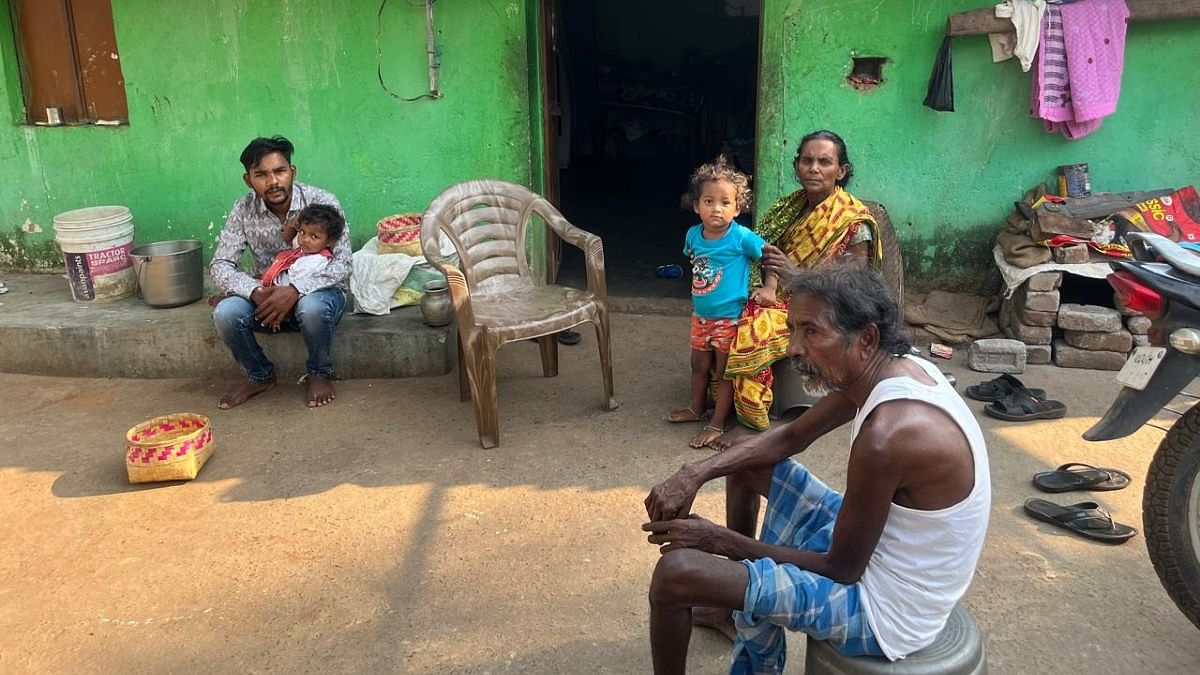
To make matters worse, their mud house collapsed in the rain one monsoon and the family ended up moving into Bibhar’s aunt’s already overcrowded home. “I used to work as a labourer those days in a stone crushing plant. An NGO that helped child labourers got me enrolled into a school and that is how I acquired an education,” he recalls.
A bright and hard-working student, Bibhar caught up fast. After finishing his school and college, he joined Kalahandi University from where he completed his Master’s degree in economics. From thereon, things slowly began falling into place for him and his family.
They got Rs 75,000 under the Indira Awas Yojana, a UPA-era public housing programme for members of Scheduled Castes/Scheduled Tribes (SC/ST), to build a pucca house. “We moved to our pucca house in 2014,” he says.
Bibhar is currently employed with the state government’s panchayati raj department, earning Rs 8,000 a month.
Welfare schemes for the poor — free ration, disability pension, family health card and free education — combined with his own hard work, ensured that he and his family could live with the dignity that is their right. But one issue that continues to upset Bibhar. “There are just not enough good jobs around. With a Master’s in economics, I can contribute a lot more to society,” says Bibhar who is now preparing for competitive exams.
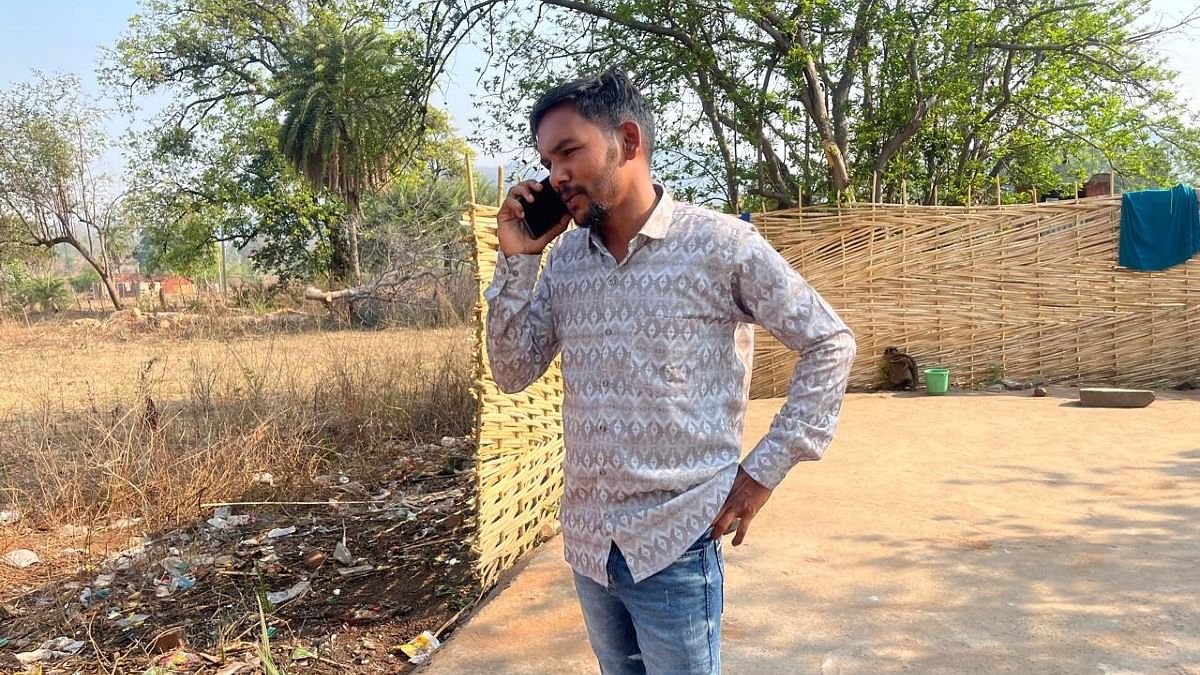
Bhatangpadar, with over 93 percent SC/ST population, according to the 2011 census, was adopted by Biju Janata Dal (BJD) Rajya Sabha MP Sujeet Kumar under the Saansad Adarsh Gram Yojana in 2020. The village today boasts of a 100-bed hostel for SC/ST women, smart classrooms and solar lights, among other facilities.
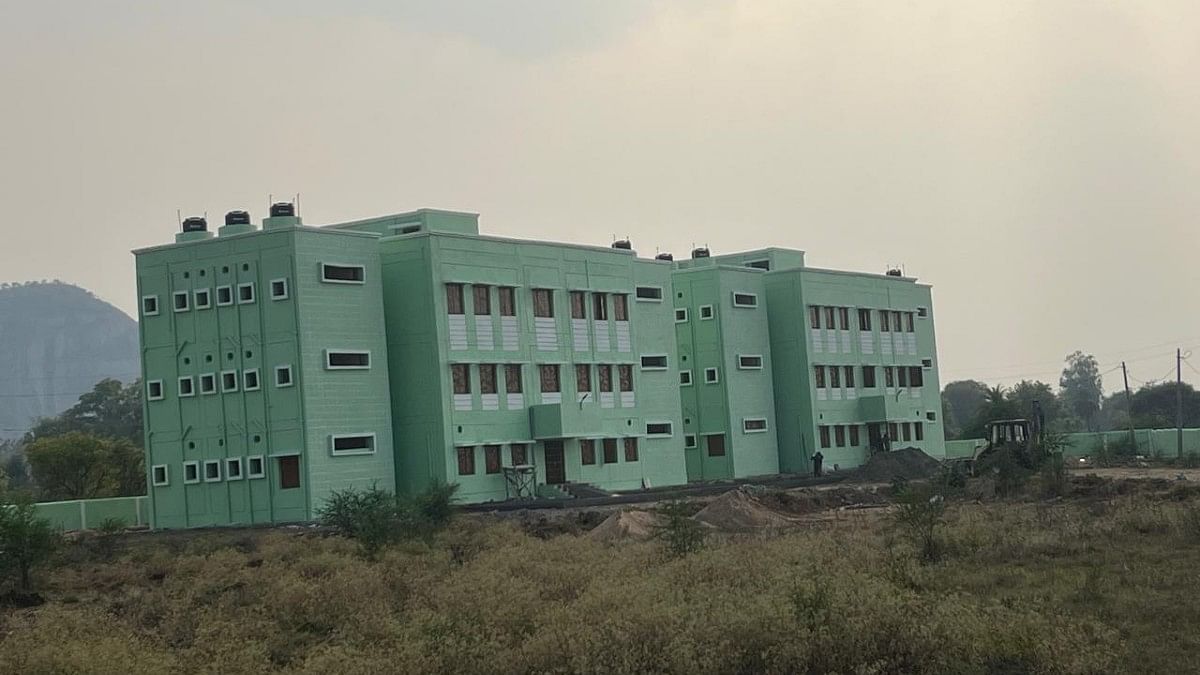
“Kalahandi’s transformation trajectory has been quite something. Yes, there are some challenges with providing unlimited access to drinking water, but the government is working to address that,” says Kumar.
The district has come a long way from where it once stood, he tells ThePrint.
“Poverty was visible everywhere… when I speak about this, it isn’t like poverty you probably see in the slums of Delhi. I am talking of abject poverty. Sustenance level poverty was visible everywhere when I was growing up… ,” he adds.
Kumar insists that the district has seen a remarkable visible transformation in terms of health facilities and schools. “Our goal is to have one health centre in every panchayat in Kalahandi. Today, every village in Kalahandi is connected by road. There may be five percent villages that don’t have doorstep road access. But by and large, over 90 percent of the hamlets are connected by pucca roads… all weather pucca roads.”
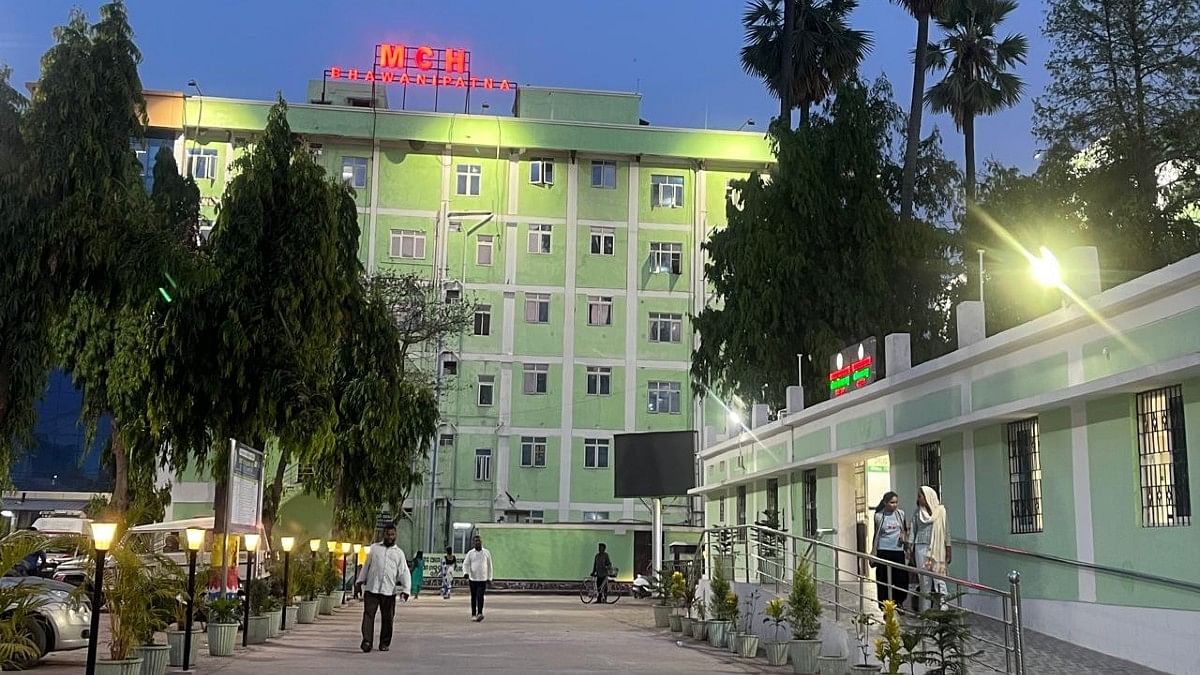
Kumar is disarmingly honest when he admits that there are still challenges that remain to be overcome. “Now the main focus has to be directed towards creating jobs and checking outbound migration,” he says.
Social transformation: Cafes, parks, women SHGs
Well-laid road network and construction boom aside, Mund says a remarkable increase in education levels among women is a distinguishing feature of the transformation in Kalahandi. “More women are confidently stepping out of their homes for employment.”
“Ten years ago, there were no women-run shops. Women salespersons were unheard of. But with time, things have changed. Women-run cafes are a common feature in Bhawanipatna now. Shops hire women salespersons as a matter of routine,” he adds.
Women’s self-help groups (SHGs) have played an important role in this transformation.
Pushpa Shukla, who runs a Millet Shakti outlet in Bhawanipatna, is one such beneficiary.
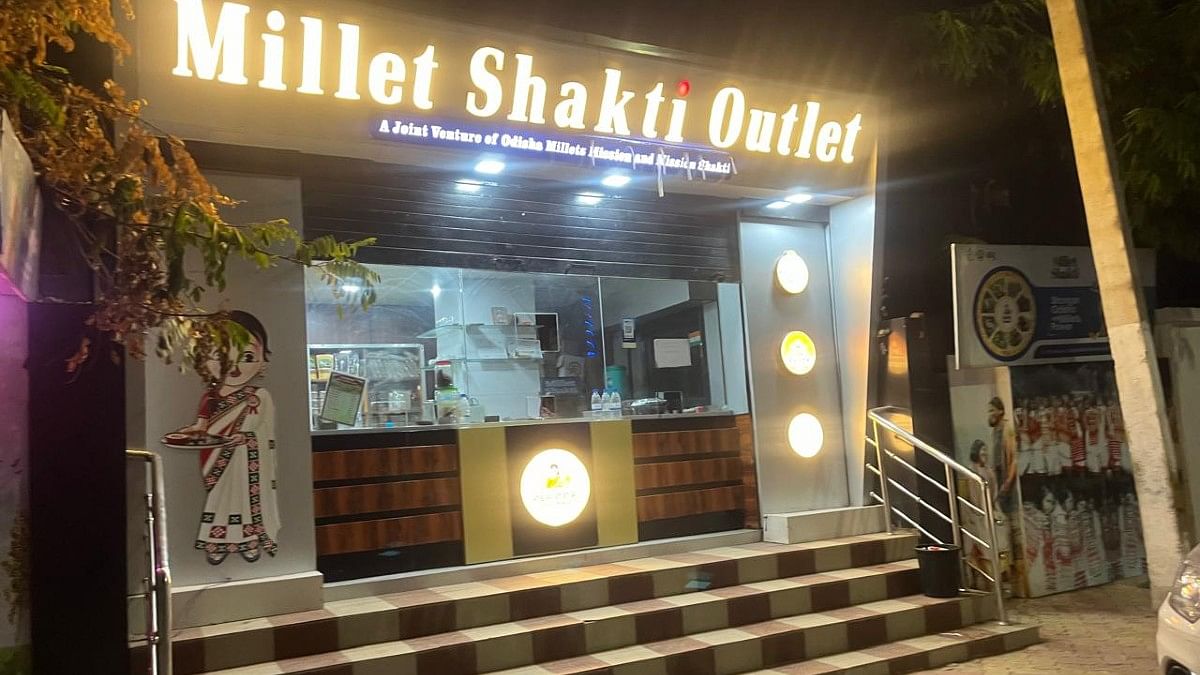
Millet Shakti is a joint initiative under the Odisha Millets Mission and state government’s department of Mission Shakti to empower women entrepreneurs and promote millet consumption through SHGs. Launched by Odisha CM Naveen Patnaik in 2001, it is one of the oldest state-sponsored programmes for empowering women through SHGs.
Shukla is the first “bahu” (daughter-in-law) of her family to step out of the house to work. “I got married really young, just after I finished Class 12. I stayed at home for 20 years raising my kids and doing household chores. My in-laws didn’t like it when I first told them about my plan. Today, they have accepted the situation,” she says.
Three years ago, Shukla joined the Kalyani SHG. “The municipal corporation had invited bids to run the outlet last year. Our SHG, which has nine other women, applied, and we won. We never looked back after that” she says, her confidence and sense of accomplishment evident.
Shukla and her partners make and sell cookies, cutlets, and other savouries centred around millets. “We earn approximately Rs 1.33 lakh per month. After deducting our overheads and expenses, we save between Rs 30,000 to Rs 35,000. Earlier, I was known in the locality as Shukla ji’s wife, now everyone knows my name – Pushpa Shukla. It is a name I have earned, and nurtured. That makes me proud,” she says.
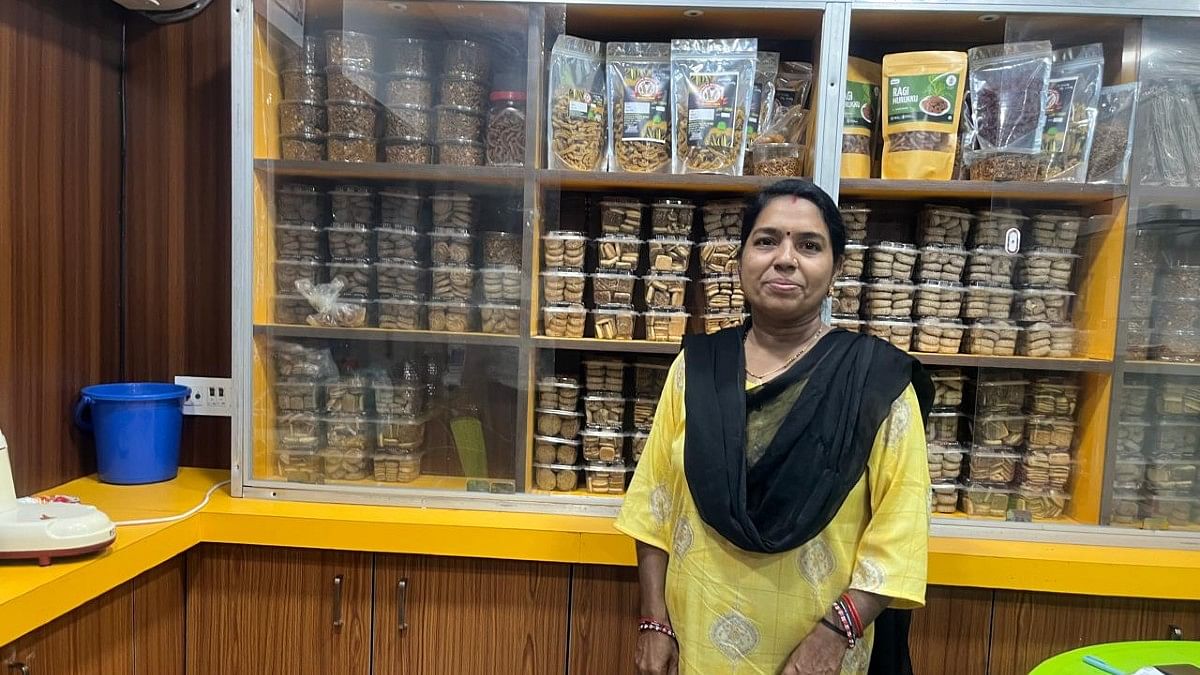
Political analysts say the SHGs have not only empowered lakhs of women across the state but also resulted in women accounting for a lion’s share of Patnaik’s support base.
A number of millet cafes run entirely by women have also come up in the district.
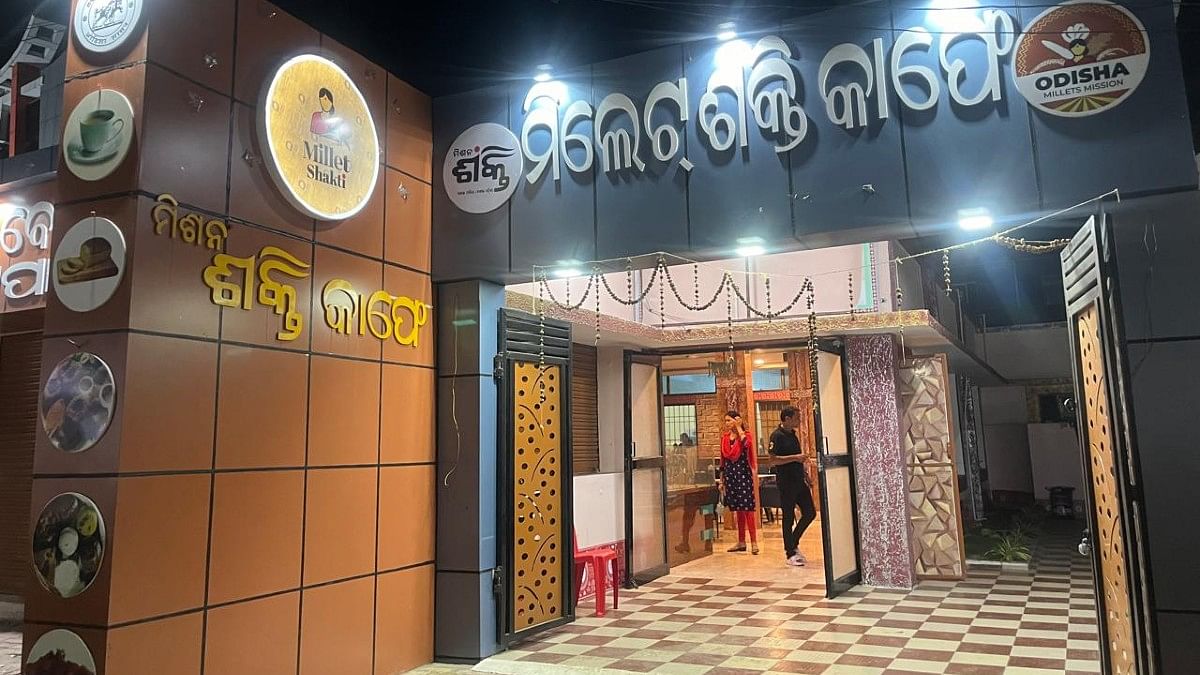
Only recently, the district got its first smart park, which is operated and maintained by women.
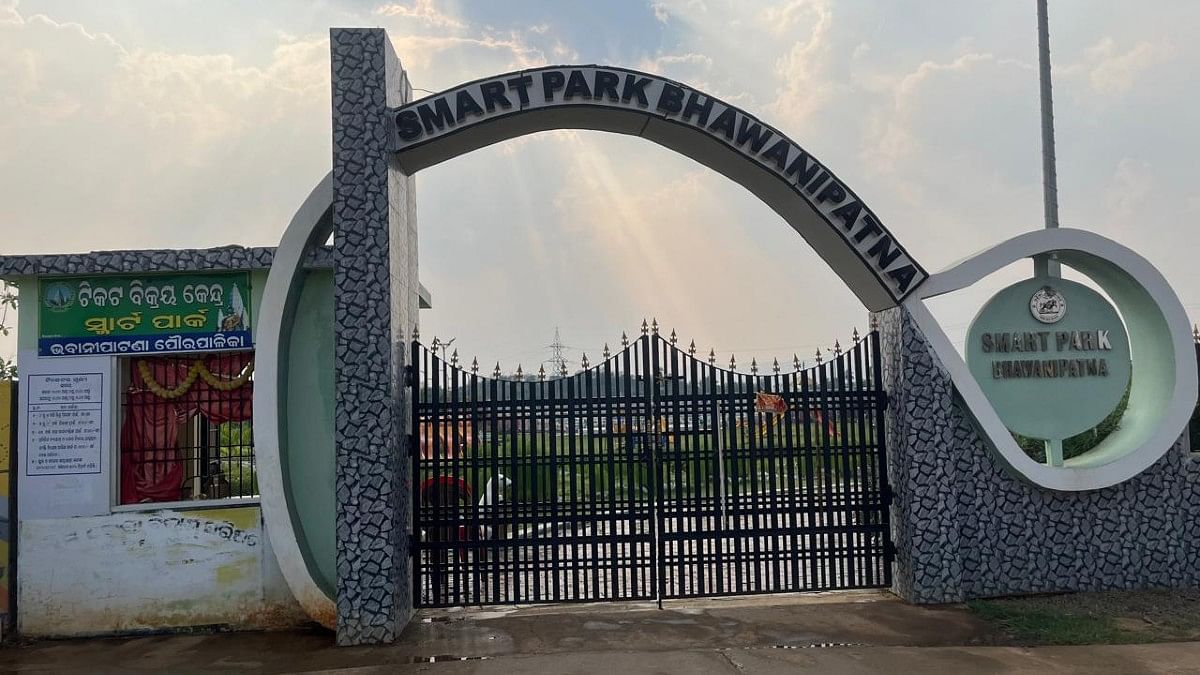
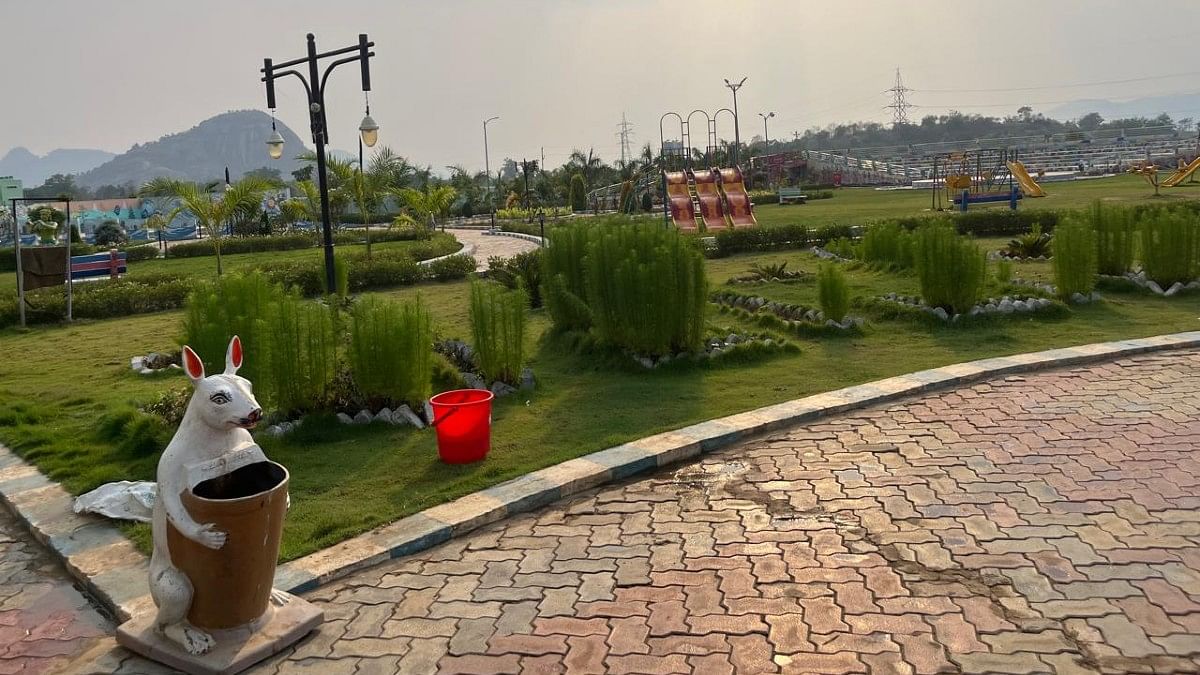
Odisha’s food bowl
The transformation of Kalahandi, according to the district administration official quoted earlier, started in the late 1990s after completion of Indravati irrigation project. The production of rice, paddy, millets and cotton here has seen an exponential growth since.
Bishweshwar Sahoo, Kalahandi chief district agriculture officer, tells ThePrint that while 2,38,000 metric tonnes (MT) of rice was produced in Kalahandi in 1995, the number rose to 8,80,985 MT during Kharif 2023. “Irrigation has played a major role in Kalahandi’s transformation,” adds the district administration official quoted earlier.
Bumper harvest enabled the Food Corporation of India (FCI) to procure 78,25,000 MT of rice from Kalahandi during FY 2023-24 — up from 2,84,000 MT in FY 2000, says a second district administration official, adding that this was the second highest in the state.
Besides rice, 1,19,378 MT of cotton was produced in the district in Kharif 2023 — up from just 11,852 MT during Kharif 2000.
According to Sahoo, farmers in Kalahandi started growing more than one crop after 2000. “And now the situation has reversed completely.”
Lack of jobs, migration still a concern
However, despite the development, authorities have not been able to check large-scale migration of labour from Kalahandi. Coupled with lack of jobs, it has become a growing concern for administrators, politicians and policymakers.
“Migration is still happening. A sizable chunk of people from Kalahandi still migrate to Hyderabad, Chennai, Surat in search of better options…. that is because of the lack of industrial development,” says the second district administration official quoted earlier.
Besides the Vedanta Alumina Refinery in Lanjigarh, there is no other avenue for job creation in the district, says Satyanarayan Pattanayak, secretary of Seba Jagat, an NGO that works with tribal and Dalit communities in Kalahandi.
“I think government should support MSMEs. We have massive potential in food processing sector, in textile sector, gemstones… if we really concentrate on MSMEs because they are job generators, the next logical way forward will be to rein in migration,” he tells ThePrint.
Pattanayak adds that though the district has seen a sea of transformation over the years, many hurdles remain. “Expectations and aspirations of the youth are growing and changing… they are no longer interested in taking up work under MGNREGA,” he says.
Adding, “The youth here lack adequate skills, which is relevant in today’s job market. There is a big gap there. They are under-qualified to work in modern tech-based industries.”
That is perhaps why this election season, migration is a burning issue in the state.
In Kalahandi, the BJP dropped its incumbent MP Basant Panda and fielded Malavika Keshari Deo against BJD’s Lambodar Nial — both of whom are promising expedited development and job-creation. But it remains to be seen whether Kalahandi can retain this rate of progress over the coming decade to ensure an even brighter future for its residents.
(Edited by Amrtansh Arora)
Also Read: Why Vizag, financial capital powering Andhra Pradesh’s economy, hasn’t realised its potential



